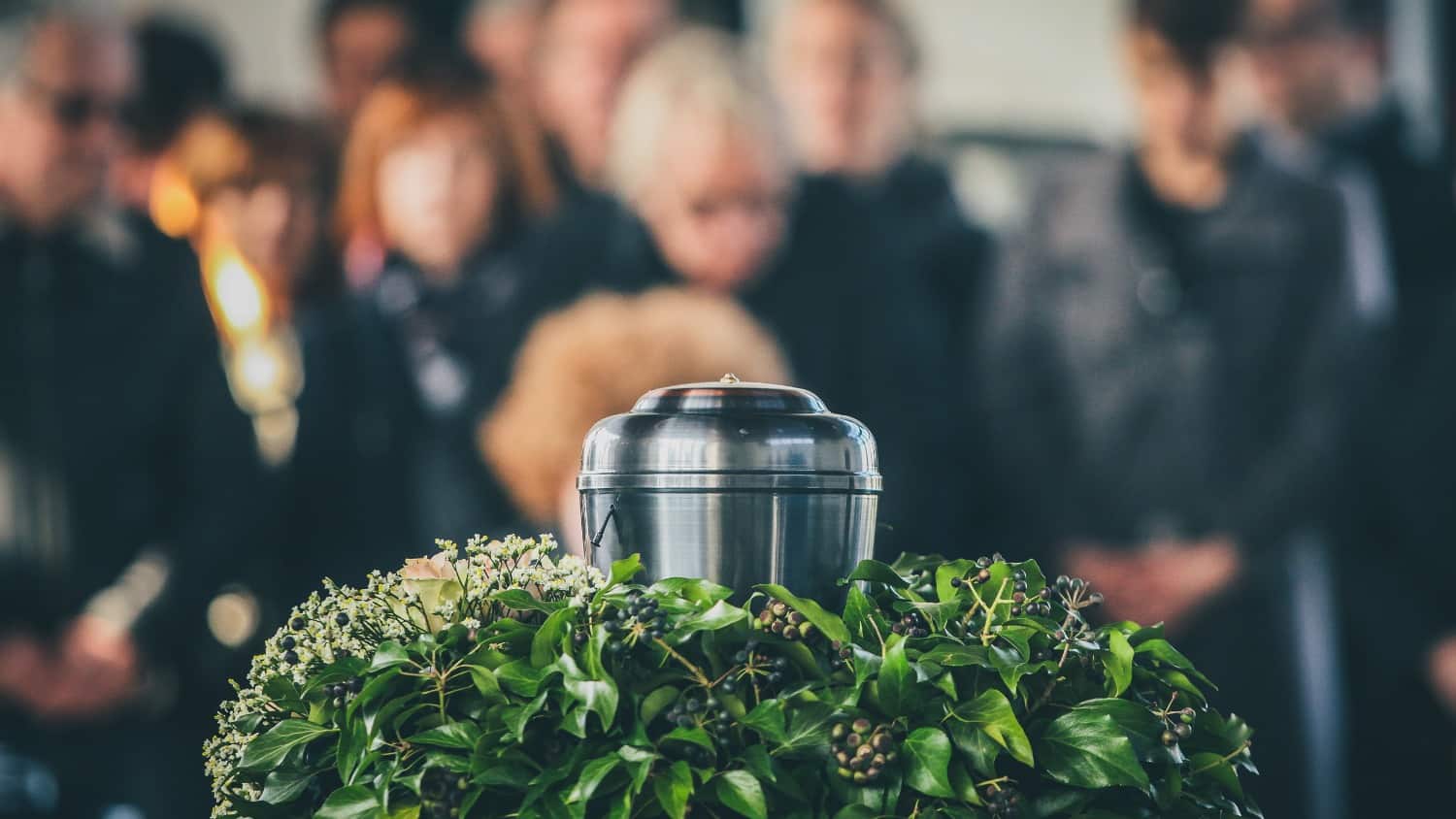
Cremation 101: What Do You Really Need to Know About That Funeral
There is no aspect of funeral service as misunderstood as cremation. The biggest misconception is that cremation precludes any and all funeral services.
Nothing could be further from the truth.
In a recent Twitter post, a woman commented that when her time came she wanted to be cremated because “no one would get [her] bangs right.”
Clearly, she was under the false assumption that choosing cremation negates having an open casket visitation. She is far from alone. Perhaps the proliferation of articles touting cremation as an economical alternative to burial has led to the confusion.
What Is Cremation?
The Cremation Association of North America (CANA) defines cremation as:
“… the mechanical, thermal, or other dissolution process that reduces human remains to bone fragments. Cremation also includes processing and pulverization of the bone fragments into pieces that are usually no more than one-eighth inch.”
The practice of cremation has been around for thousands of years and was introduced to western civilization by the ancient Greeks. In 1876, the first crematory was built in the United States. In recent years, the popularity of cremation has increased markedly.
While Catholicism permitted cremation back in 1963, certain stipulations have to be adhered to. The church requires that the cremains (cremated remains) be placed in a spot of permanence – a grave, or a columbarium niche.
They should not be kept at home, nor should they be scattered, divided into small keepsake urns, or portioned out into cremation jewelry. In 2016, the Vatican reiterated these directives.
Some other religions, such as Judaism, Islam, and the Eastern Orthodox forbid cremation.
Cremation vs Direct Cremation
Cremation is just another final disposition choice, along with burial and entombment. On the other hand, direct cremation is an inexpensive alternative service.
While a basic direct cremation – in which a remains is taken directly to the crematory without services of any kind – may seem self-explanatory, families don’t often fully grasp the implications.
It has become increasingly common for funeral directors to field calls asking about the price of a cremation.
“Are you looking for a cremation with services or without?” we ask.
Most people seem surprised by the question, as well as relieved to know they can choose cremation and still be able to tailor the funeral service to meet their emotional and financial needs.
Cremation and direct cremation are offered by all funeral homes. However, there are also numerous low-cost cremation purveyors, and starkly-named direct disposers (in Florida), which deal exclusively in cremation.
Prices vary widely, as does the time to complete the process. As a rule of thumb: the lower the price the more impersonal the service.
Direct Cremation
- The cremation takes place with an absence of services and funeral rites.
- The remains are removed from the place of death, taken to the funeral home, and generally placed in a cardboard container. After the paperwork is completed, the remains are taken to the crematory.
- A memorial service may follow in a funeral home, religious institution, or a venue of your choosing.
- Costs vary widely. The cremains can be mailed for an extra cost or picked up at the funeral home.
Cremation
- The same services included in funerals which end in burials or entombment may also be requested – embalming, cosmetology, hairstyling, visitation, a religious service, etc.
- Generally, a wood casket is selected for the visitation. Some funeral homes offer “rental caskets” which contain a removable insert for transport to the crematory.
- Mourners have the option to have a committal service (with or without clergy) at the crematory. Families may also opt not to accompany the casket to the crematory.
- Depending on the accompanying services you select, costs can be comparable to that of a burial.
Cremation Does Come with Options
Whether you choose a full-service funeral that ends in cremation, or a direct cremation, you have a number of final disposition choices: transfer of the cremains into an urn, placement in a columbarium niche, burial in a family grave, or scattered in a cemetery’s urn garden.
The majority of cemeteries offer indoor and outdoor niche spaces to meet the growing demand for cremation.
What misconceptions about cremation have you heard of? Which ones do you believe yourself? What are your thoughts about cremation, and would you choose to go that route? Why or why not? Please share your thoughts with the community.






